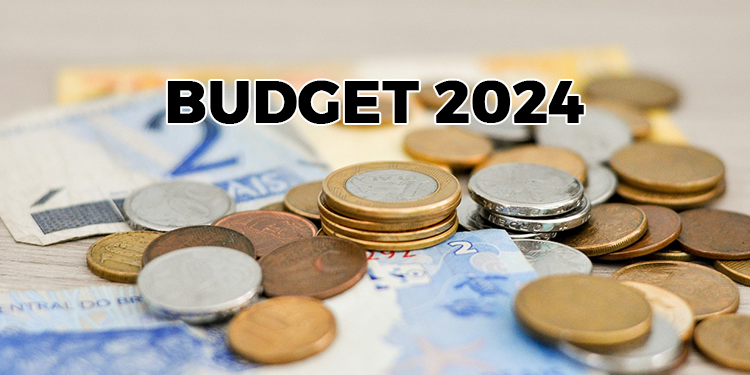

In the unfolding narrative of Budget 2024, there’s a palpable anticipation for significant developments. ICRA Analytics hints at a potential game-changer: the prospect of a distinct tax deduction for life insurance premiums, diverging from the conventional inclusion under Section 80C.
The rationale behind this proposed shift is to elevate the reach of insurance products, fostering a proactive approach among individuals to fortify their family’s financial well-being through life insurance investments.
Simultaneously, there’s a contemplation on revisiting the existing 18% Goods and Services Tax (GST) levied on health insurance policies.
The discussions point towards a fiscal allocation of around 4 trillion rupees ($48 billion) for food and fertilizer subsidies in the upcoming fiscal year. This financial move, as per two undisclosed government sources, reflects a cautious stance, especially considering the impending general election.
The allocation for food and fertilizer subsidies is noteworthy, constituting approximately one-ninth of India’s total budget expenditure, projected to be 45 trillion rupees by the conclusion of the current fiscal year on March 31.
According to insights from the Ministry of Consumer Affairs, Food and Public Distribution, the anticipated food subsidy for the forthcoming year stands at 2.2 trillion rupees ($26.52 billion), marking a 10% increase from the estimated outlay of nearly 2 trillion rupees ($24.11 billion) for the ongoing fiscal year.
Conversely, projections for the fertilizer subsidy in the next fiscal year suggest a figure of 1.75 trillion rupees ($21.10 billion), reflecting a decrease from the estimated 2 trillion rupees in the current fiscal year. These details emerge from sources directly involved in subsidy-related decision-making, who prefer to remain anonymous due to the lack of authorization to communicate with the media.
The impending budget is poised to be a “vote on account,” signifying a provisional declaration of the funds required by the government before the installation of a new administration post-election.
In contrast, a comprehensive budget typically delineates the government’s plans for expenditure and revenue generation in the upcoming year.
Analysts temper expectations regarding substantial announcements in the upcoming budget. Aditi Nayar, Chief Economist at ICRA, suggests that major policy shifts are improbable in the 2018 budget, yet the prospect of noteworthy adjustments remains.
In an effort to gauge expectations, ET sought insights from professionals spanning various sectors.
Certain assumptions, particularly those surrounding tax exemptions and deductions, are deemed overly optimistic. The Narendra Modi government aspires to trim the fiscal deficit to 4.5 percent of GDP by FY26, expressing confidence in achieving the 5.9 percent of GDP target for FY24.
Conversely, some economists speculate that the fiscal deficit could exceed the 5.9 percent target, potentially reaching 6 percent. Despite revenue spending surpassing the budget projection by nearly Rs. 2 lakh crore, India Ratings & Research underscores robust tax receipts.
ICRA’s research underscores a plausible scenario where a lower-than-budgeted nominal GDP, coupled with higher-than-budgeted revenue expenditure, might propel the fiscal deficit to 6 percent of GDP. Consequently, ICRA envisions an upward revision of the 2024–25 budget deficit target to 5.3 percent of GDP.
In navigating the intricate landscape of Budget 2024, the dichotomy of expectations and fiscal realities unfolds, providing a nuanced perspective on the trajectory of economic policies and financial strategies in the coming fiscal year.